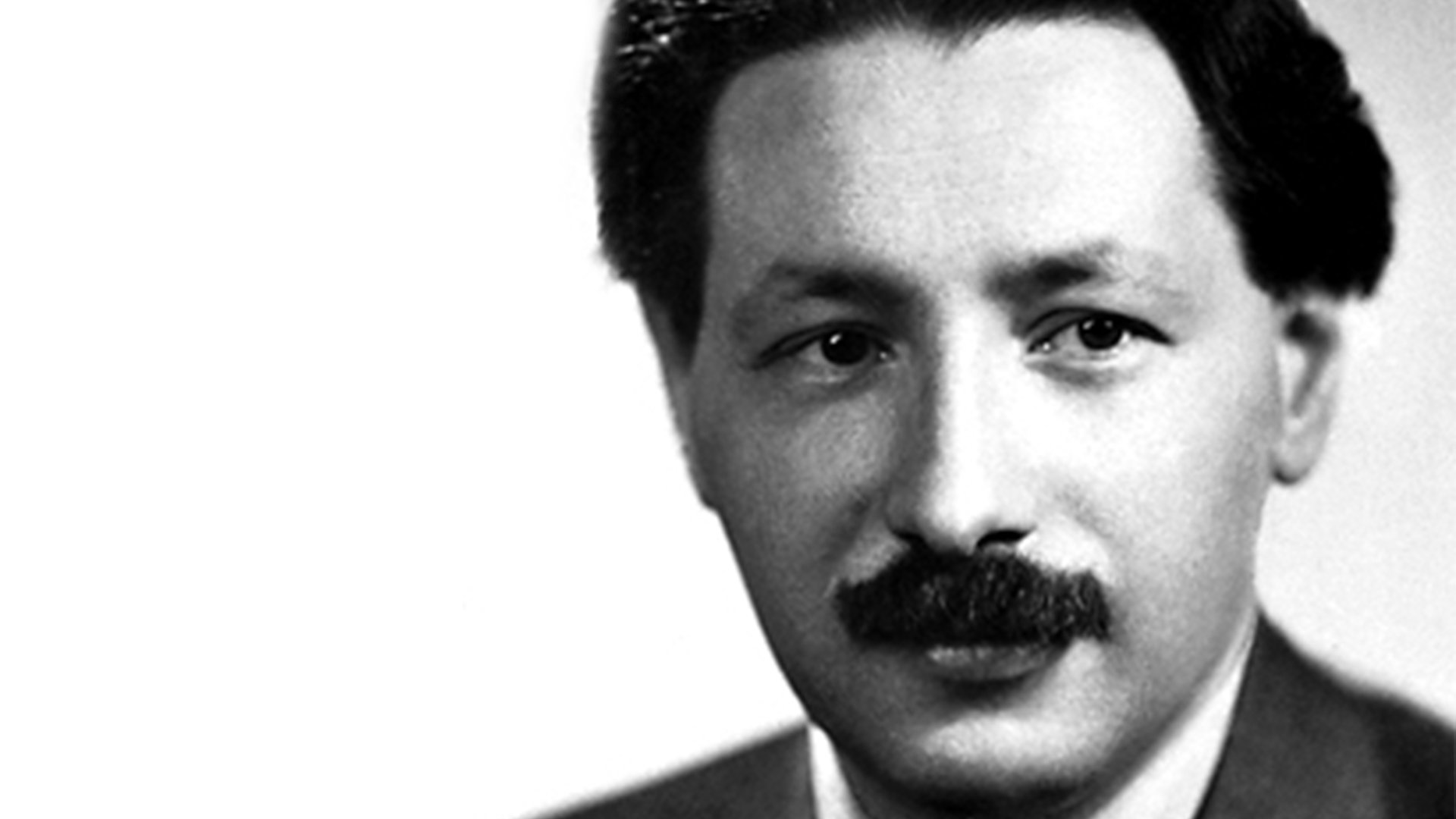Most people have heard of Alexander Fleming, who discovered the antibiotic penicillin. But the name Ernst Boris Chain is a lot less known. Unjustly so, because the work of Chain and his colleague Howard Florey took penicillin from discovery to the drug that has saved countless lives.
Most people have heard of Alexander Fleming, who discovered the antibiotic penicillin. But the name Ernst Boris Chain is a lot less known. Unjustly so, because the work of Chain and his colleague Howard Florey took penicillin from discovery to the drug that has saved countless lives.
From mold to medicine
In 1929 Alexander Fleming described that the fungus Penicillium rubens strongly inhibits the growth of bacteria by secreting penicillin. Unfortunately, it proved very difficult keep it stable or to produce it as a pure compound, so the discovery was not deemed interesting by his scientific colleagues. Ten years later, things would finally turn around. In 1939 Ernst Boris Chain and his colleague Howard Florey began a study of antibacterial agents. Intrigued by Fleming's work, they decided to pick up where Fleming left off. This research eventually led to the isolation of pure penicillin in 1940, after which the two continued to work on the scale up and purification of the antibiotic. In addition, Chain and Florey made predictions about the chemical structure and mechanism of action of penicillin. The drug was subsequently tested on the first patient in 1941.
Great timing
Chain and Florey's interest in producing penicillin came just in time. World War II was already in full swing and there was an urgent need for better treatments of bacterial infections. After the British establishment of a special penicillin committee in 1943, the work of Chain and Florey led to true mass production, mainly in the United States. Ultimately, more than 100,000 people were able to receive treatment with penicillin during the Second World War. For his work, Chain was awarded the Nobel Prize in Physiology or Medicine in 1945, along with Fleming and Florey.

